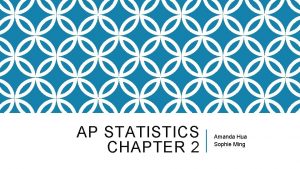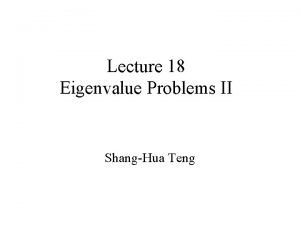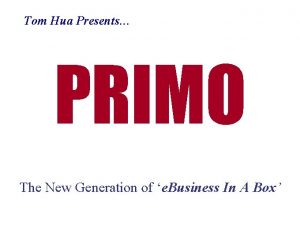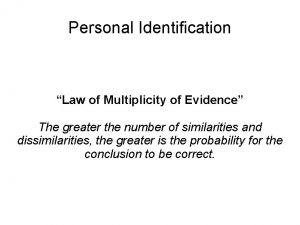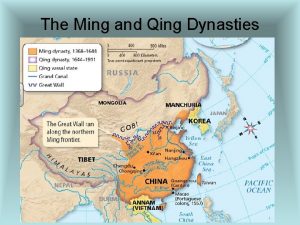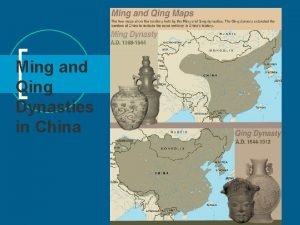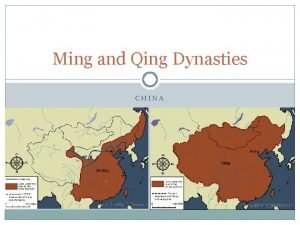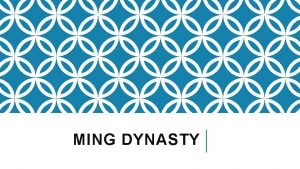AP STATISTICS CHAPTER 2 Amanda Hua Sophie Ming














- Slides: 14

AP STATISTICS CHAPTER 2 Amanda Hua Sophie Ming

UNDERSTANDING AND EXPLORING DATA

DATA o. Numbers, labels, records, names, etc… o. Not all data represented by numbers is quantitative ofor example, in one study, 1 could represent males and 2 represents females o. Without context, data is useless


THE 5 W’S AND 1 H OF DATA Who: Tells the individual cases for which (or whom) we have collected data What: Tells what is being collected When: Tells when the data was collected Where: Tells where the data was collected Why: Tells why the data was collected How: Tells the method of collection used

IDENTIFYING TYPES OF VARIABLES Categorical: Names categories and answers questions about how cases fall into those categories Quantitative: Measured variable (with units) that answers questions about the quantity of what is being measured Ordinal: Seemingly fits into both, but look at the context of the problem to decide whether to treat it as a categorical or quantitative data

EXAMPLES

DATA, IDENTIFY THE W’S, NAME THE VARIABLES, SPECIFY FOR EACH VARIABLE WHETHER ITS USE INDICATES IT SHOULD BE TREATED AS CATEGORICAL OR QUANTITATIVE, AND, FOR ANY QUANTITATIVE VARIABLE, IDENTIFY THE UNITS IN WHICH IT WAS MEASURED (OR NOTE THAT THEY WERE NOT PROVIDED.

#13 Scientists at a major pharmaceutical firm conducted an experiment to study the effectiveness of an herbal compound to treat the common cold. They exposed each patient to a cold virus, then gave the either the herbal compound or a sugar solution known to have no effect on colds. Several days later they assessed each patients condition using a cold severity scale ranging 0 -5. They found no evidence of the benefits of the compound.

#13 SOLUTION WHO- Experimental subjects (the patients exposed to the cold virus) CASES- Each subject is an individual WHAT- Treatment (herbal cold remedy or sugar solution) and cold severity WHEN- Not specified WHERE- Not specified WHY- To test the effectiveness of an herbal compound to treat the common cold HOW- The scientists set up an experiment

#13 SOLUTION VARIABLE- Treatment type- Categorical VARIABLE- Cold severity rating type- Quantitative (perhaps ordinal categorical) units- Scale from 0 -5 CONCERNS- The severity of a cold seems subjective and difficult to quantify. Scientists may feel pressure to report negative findings of herbal product.

#15 A survey of autos parked in student and staff lots at a large university recorded the make, country of origin, type of vehicle (car, van, SUV, etc. ), and age.

#15 SOLUTION WHO- Automobiles in student and staff lots CASES- Each car is a case WHAT- Make, country of origin, type of vehicle, and age of vehicle WHEN- Not specified WHERE- A large university WHY- Not specified HOW- A survey was taken in campus parking lots

#15 SOLUTION VARIABLE- Make type- Categorical VARIABLE- Country of origin type- Categorical VARIABLE- Type of vehicle type- Categorical VARIABLE- Age of vehicle type- Quantitative units- Years
